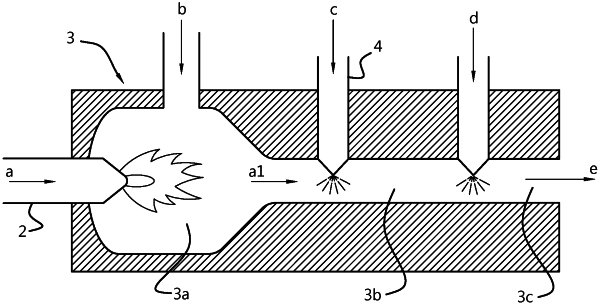|
1. An anti-static, electrostatic dissipative, semi-conductive or conductive layer with a thickness of less than 1000 μm, comprising at least 10 wt. % of a porous carbon network which comprises chemically interconnected carbon-nanofibres, wherein the carbon network is an intraparticle porous network wherein the carbon nanofibers are interconnected to other carbon nanofibers in the network by chemical bonds via junctions, wherein the pores in the network have an intraparticle pore diameter size of 5-150 nm using Mercury Intrusion Porosimetry according to ASTM D4404-10, wherein at least 20 wt % of the carbon in the carbon networks is in crystalline form, and the carbon nanofibers have an average aspect ratio of fibre length-to-thickness of at least 2, wherein the average fibre length of the carbon-nanofibres is 30-10,000 nm.
|
